Deck & Commander Strategies
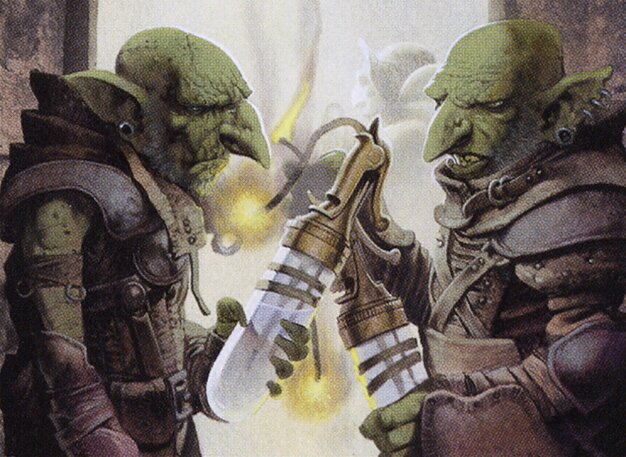
Shattergang Brothers
Leverages sacrifice and value-driven midrange with Jund colors, focusing on creatures that generate benefits when they or others die, supported by artifacts and removal to control the board.

Isshin, Two Heavens as One
Aggressive combat-focused deck that capitalizes on doubling combat triggers to deal heavy damage quickly, using equipment and combat tricks to maximize impact.

Shu Yun, the Silent Tempest
A prowess-based deck that uses instant and sorcery spells to increase power and draw cards, aiming to deal damage rapidly and maintain hand advantage.

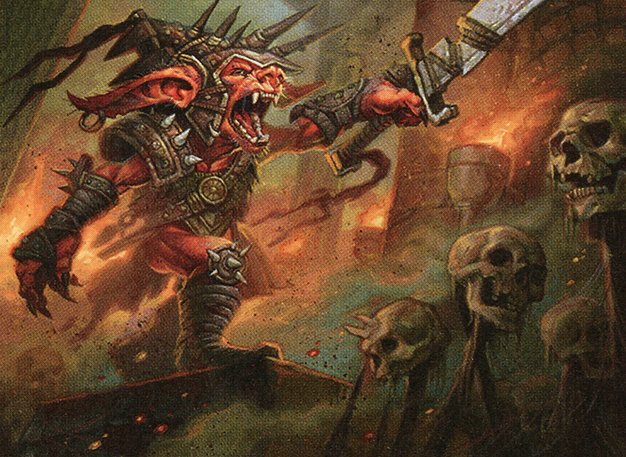
Rograkh, Son of Rohgahh / Alharu, Solemn Ritualist
A partner commander deck focusing on zero-mana creatures and +1/+1 counter synergies, using incremental buffs and board presence to outvalue opponents.
Gameplay Insights
- 1
Early deployment of Isshin enabled aggressive combat phases, forcing opponents to respond quickly or suffer damage.
- 2
The use of an indestructible enchantment tied to red devotion created a board state where opponents had to prioritize removal or face incremental damage each turn.
- 3
Players leveraged political considerations during combat, choosing targets carefully to avoid provoking multiple opponents simultaneously.
- 4
Sacrifice synergies from Shattergang Brothers allowed for efficient board control and value generation.
- 5
The partner commander synergy of Rograkh and Alharu provided flexibility with zero-cost creatures and buffing, enabling efficient resource use and incremental board development.
- 6
Artifact equipment such as Lightning Greaves was used to protect key creatures and enable surprise attacks.
- 7
Card draw and prowess triggers from Shu Yun's deck helped maintain momentum and recover from board interaction.
Notable Cards
-

Shattergang Brothers
-
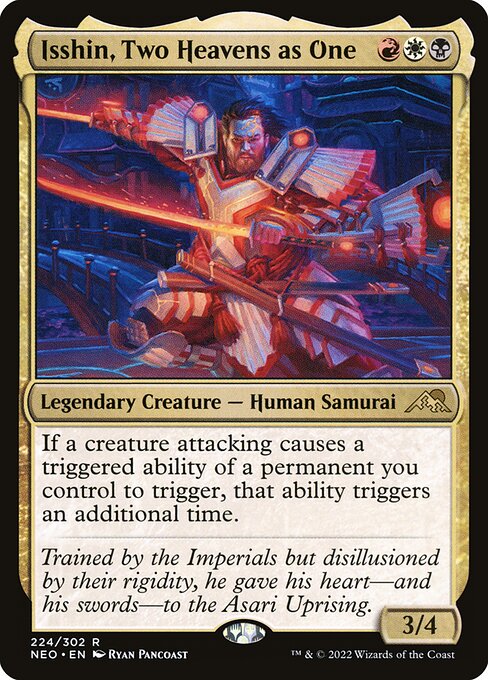
Isshin, Two Heavens as One
-
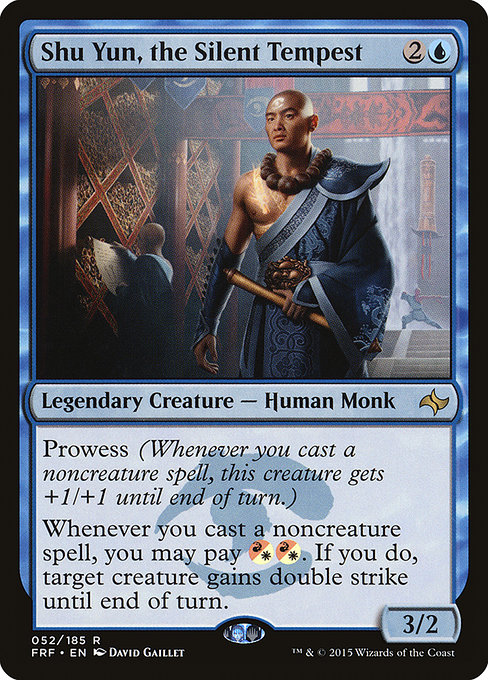
Shu Yun, the Silent Tempest
-

Rograkh, Son of Rohgahh
-
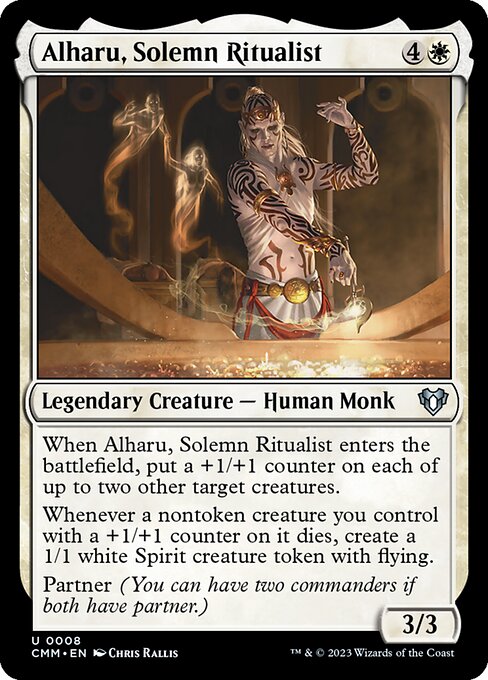
Alharu, Solemn Ritualist
-

Paradise Druid
-

Speaker of the Heavens
-
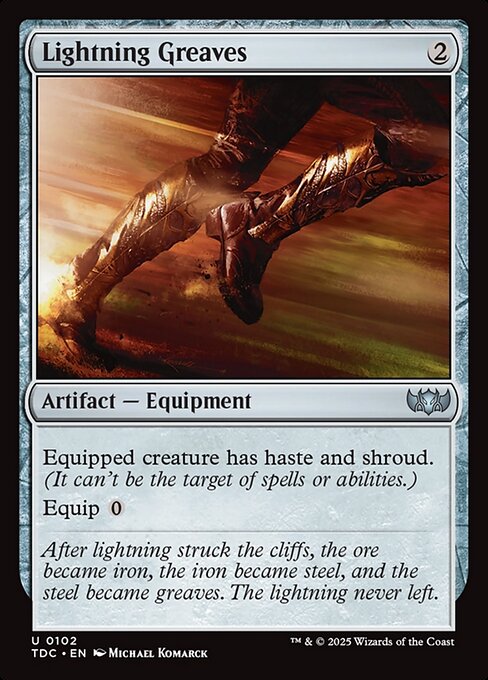
Lightning Greaves
-
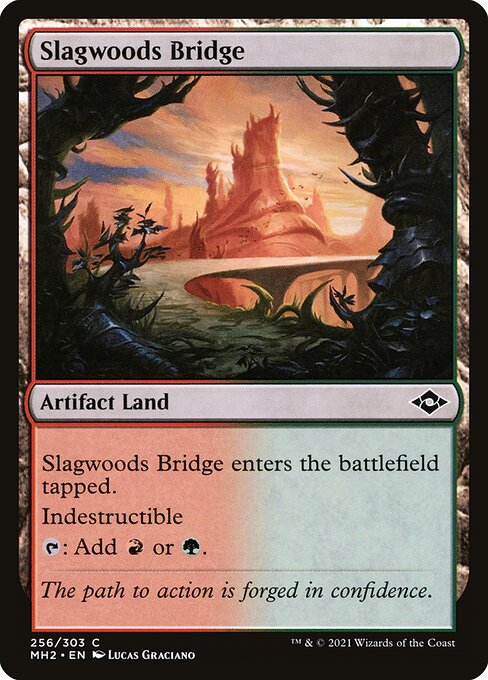
Slagwoods Bridge
Gameplay Summary
The game began with players setting up their mana bases and deploying early threats such as Paradise Druid, Speaker of the Heavens, and the powerful Shattergang Brothers.
The board state quickly developed with players focusing on creatures and artifacts that synergized with their commanders.
Notably, Isshin, Two Heavens as One came down early, presenting a significant threat with its ability to double combat triggers, while Shattergang Brothers brought sacrifice and value-oriented gameplay.
Shu Yun, the Silent Tempest pushed a prowess and card draw strategy, aiming to accelerate through combat damage and spellcasting.
The partner commander pair of Rograkh, Son of Rohgahh and Alharu, Solemn Ritualist combined zero-cost creatures and +1/+1 counter synergies, looking to establish board presence and incremental advantage.
A key moment was the deployment of an indestructible enchantment that dealt damage to opponents based on red devotion, threatening to shift the tempo dramatically.
Combat interactions were cautious and heavily politicized, with players wary of triggering retaliation or alliances.
The game was characterized by tight resource management, incremental board development, and the looming threat of powerful combos and synergies.
The final outcome was shaped by clever timing, well-placed removal, and maximizing commander abilities to overwhelm opponents.
































![Commander VS S12E7: ??? vs ??? vs ??? vs ??? [EDH] thumbnail](https://i.ytimg.com/vi/RtpgM-nfHno/sddefault.jpg)


![Commander Versus Series: Deck Tech - Alesha v.Yasova v. Tasigur v. Shu Yun [MTG Multiplayer] thumbnail](https://i.ytimg.com/vi/kaP2tpQL_pM/sddefault.jpg)
![Commander Versus Series: Alesha v.Yasova v. Tasigur v. Shu Yun [MTG Multiplayer] thumbnail](https://i.ytimg.com/vi/H-r66JJFVLQ/sddefault.jpg)





![Commander VS S5E5: ??? vs ??? vs ??? vs ??? [MtG Multiplayer] thumbnail](https://i.ytimg.com/vi/IoN5gMmHpbg/sddefault.jpg)










